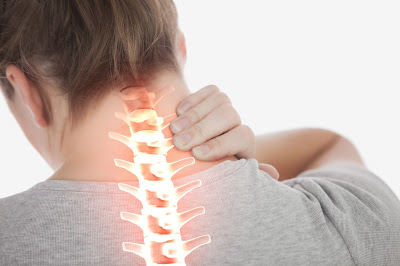If you have one of the following symptoms, be sure to consult your doctor. Let them know what you have noticed, even if you are not concerned by it. Chances are it is nothing to worry about, but it is better to play safe. And it is important for your overall health to get to the bottom of it.
- New lumps or growths on your skin
- A sore or bruise that does not heal
- A mole that changes in shape, size or color or bleeds in unusual circumstances
- An ongoing cough or hoarseness that last longer than three weeks
- Indigestion or difficulty in swallowing
- A change in bowel or bladder habits for no good reason
- Shortness of breath
- Loss of appetite
- Unexplained weight loss or tiredness
- Blood anywhere it normally should not be – in urine, bowel motions, or from spitting
Treatment works best when cancer is found early—while it’s still small and is less likely to have spread to other parts of the body. This often means a better chance for a cure, especially if the cancer can be removed with surgery.








